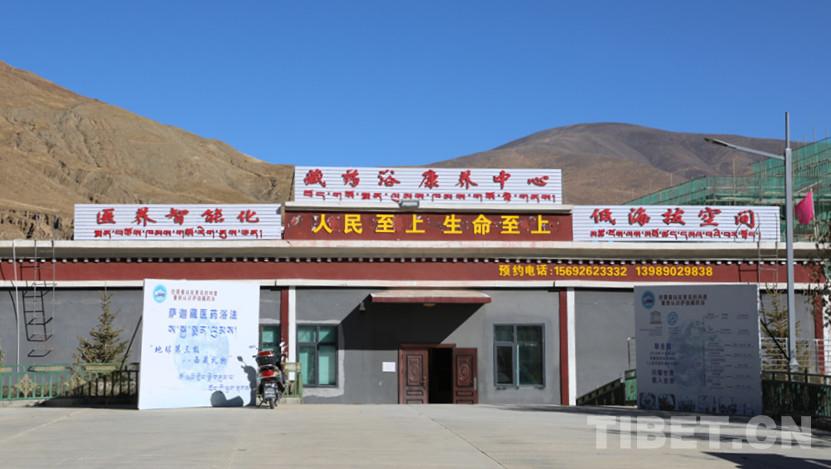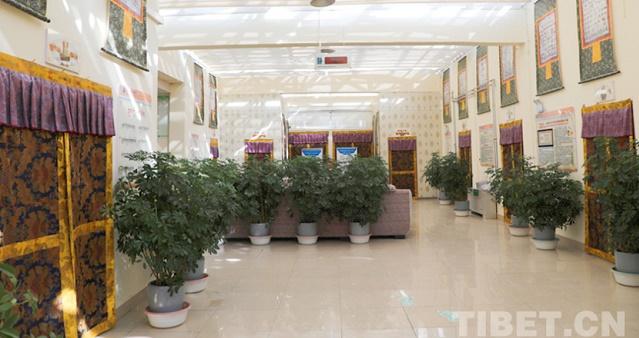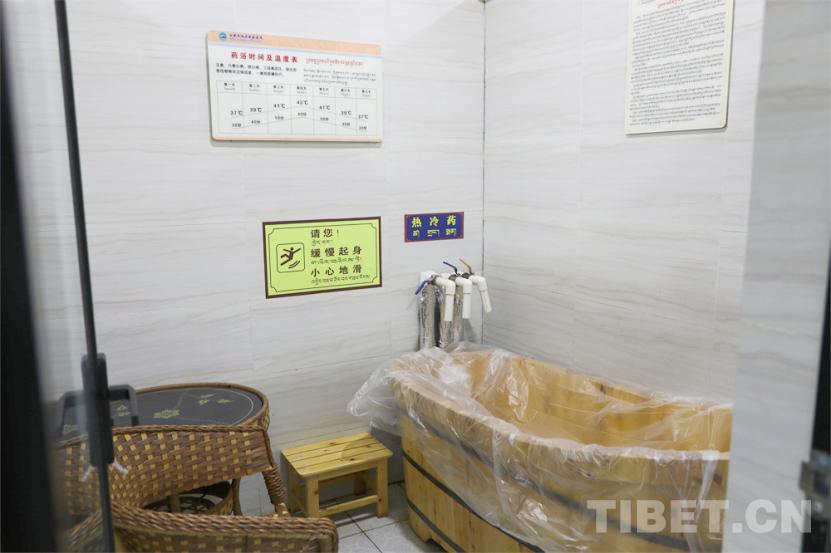Come to the Ancient City of Sagya to Enjoy the Healing Time of Tibetan Medicinal Bath



Walking into the Tibetan Medicinal Bath Health Center of Sagya County Central Hospital, Xigaze, the Xizang Autonomous Region, we are met by a moist and warm breath. According to the introduction, Sagya County Central Hospital vigorously promotes the Tibetan medicinal bath, a new type of health preservation method. It has innovated Tibetan medicinal bath products based on the traditional Tibetan medicinal bath and built the Tibetan Medicinal Bath Health Center.
According to Tashi Dondrup, Doctor of the Medicinal Bath Department, the Tibetan medicinal bath is a surgical light therapy recorded in the Four Medical Classics and has been inherited until today. Since it was included in the Representative List of Intangible Cultural Heritage of Humanity of UNESCO in 2018, it has drawn much attention. The Tibetan medicinal bath method is simple and convenient. The whole body or the painful area is soaked with medicine juice to treat diseases and keep in good health. It has always been a health preservation method loved by the Tibetan people.
Tsering Chodron of the Medicinal Bath Department said that the Health Center received more than 100 people last week. All the rooms are full of people every day, and reservations can be made for up to 30 people. People from counties and districts in the surrounding area, as well as tourist groups, also come here because of its reputation.
She pointed to the price list of medical services on the wall to introduce the cost. Although the costs vary by medicine and disease, “health insurance can be used for the Tibetan medicinal bath. According to related regulations, the cost is not high. For example, the price of Five Sweet Dew Tibetan Medicinal Bath is RMB98. However, it meets the health insurance requirements of Xizang. Finally, you only have to spend about RMB30”.
In ancient cities like Sagya County, tourists come in endless streams. I believe that the Tibetan medicinal bath will also be included in “tourism+” soon, combining tourism and health preservation and providing a different travel experience for tourists.
